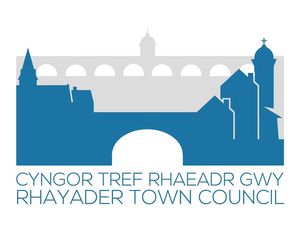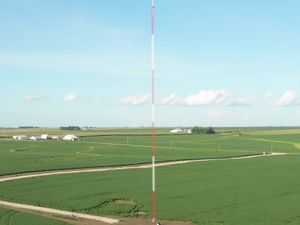AI can tell from brain scans who will suffer worst from brain tumour – study
Machine learning was found to be more accurate than humans at assessing which patients would respond better to certain treatments.
Artificial intelligence (AI) can help treat brain tumours by studying a particular muscle in the head, scientists have said.
Researchers from Imperial College London used AI to determine which patients suffering from glioblastoma, the most aggressive type of brain cancer, could tolerate certain surgeries.
They found that this method was more effective than just using human analysis.
The team looked at 152 brain scans belonging to 45 patients who were diagnosed with glioblastoma between January 2015 and May 2018.
They focused on the temporalis muscle – a broad, fan-shaped muscle on either side of the head used for chewing food.
The temporalis muscle has previously been identified as a good way to estimate skeletal muscle mass in the body.
Glioblastoma patients who have a degenerative loss of skeletal muscle, called sarcopenia, are usually unable to tolerate surgery, chemotherapy or radiotherapy as well as patients without the condition.
The researchers used machine learning – a form of artificial intelligence – to evaluate scans of the temporalis muscle and determine if the muscle’s size could tell them who had the best chance of survival and would respond better to treatment.
Dr Ella Mi, a clinical research fellow at Imperial College London, said: “Finding a better way to assess patients’ physical condition, general well-being and ability to carry out everyday activities is important in glioblastoma, and indeed in many cancers, because, at present, it is often evaluated subjectively, resulting in inaccuracy and a high degree of variability depending on who is looking at it.”
Dr Mi said: “We realised that sarcopenia could be identified by quantifying muscle in cross-sectional imaging that cancer patients routinely undergo.
“This would allow for opportunistic screening of sarcopenia as part of cancer care without additional scanning time, radiation dose or cost.”
The researchers trained machine-learning algorithms to analyse the scans to identify and quantify the cross-sectional area (CSA) of the temporalis muscle at its thickest part.
They found that those with a high CSA, indicating more muscle, had a much lower risk of dying and disease progression compared to patients with a low CSA.
Dr Mi said: “We have found that patients with high CSA had around 60% reduction in risk of death and 75% reduction in risk of disease progression compared to patients with low CSA, even when all these other factors are accounted for.”
She added: “We are the first to show that this measurement of sarcopenia, generated automatically from routine imaging is sufficiently accurate and reliable to be a useful prognostic marker in cancer, while taking substantially less time than trained humans.
“We show that higher temporalis muscle area before surgery, chemotherapy or radiotherapy is predictive of significantly longer overall and progression-free survival.
“This has the potential to improve prognostic estimates and could be used to plan treatments.
“For instance, previous evidence has shown that frail patients might benefit from shorter courses of radiotherapy, or chemotherapy with temozolomide alone.
“It could also guide therapeutic interventions for muscle preservation, including nutritional support, exercise therapy and drugs.”
The research will be presented at the National Cancer Research Institute (NCRI) Virtual Showcase.





